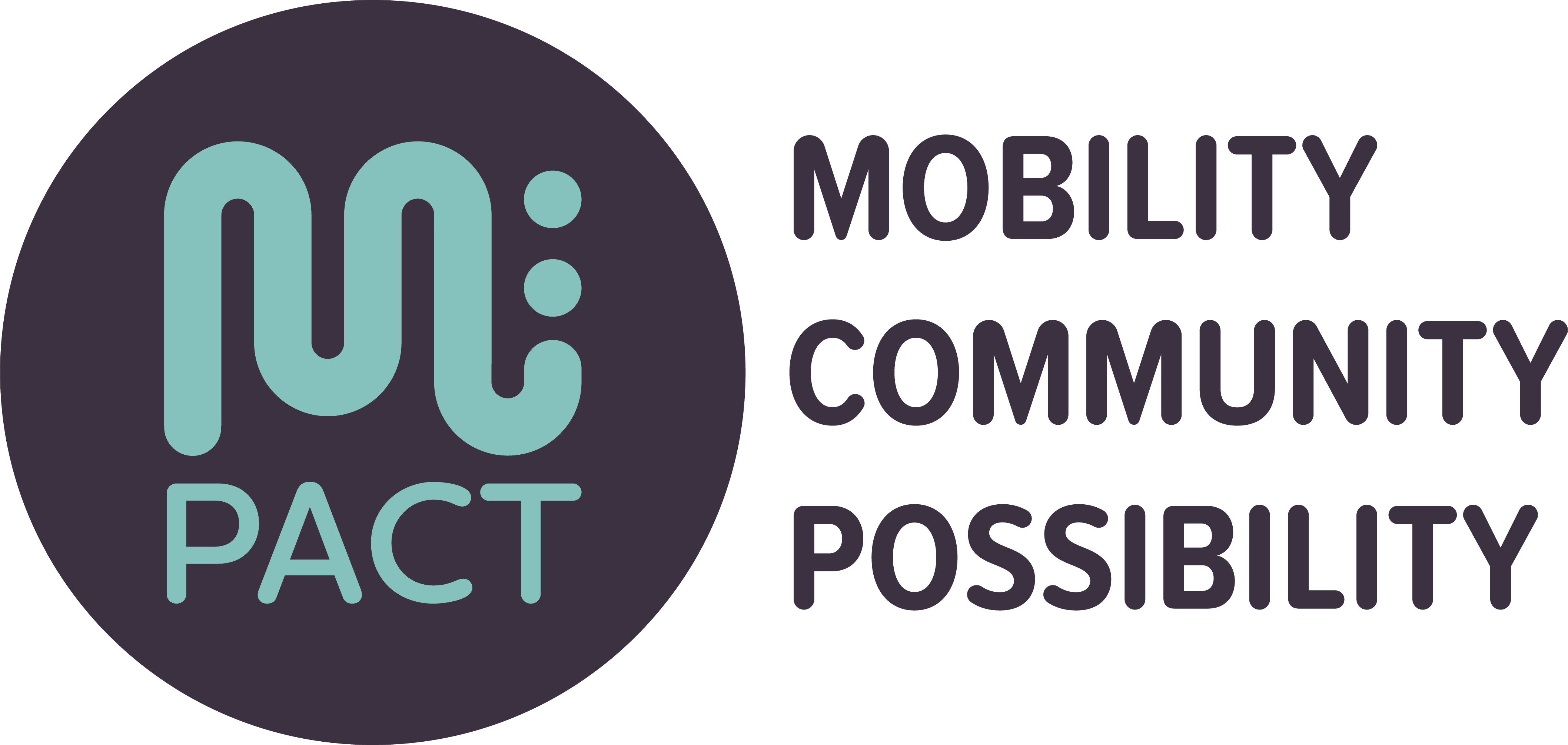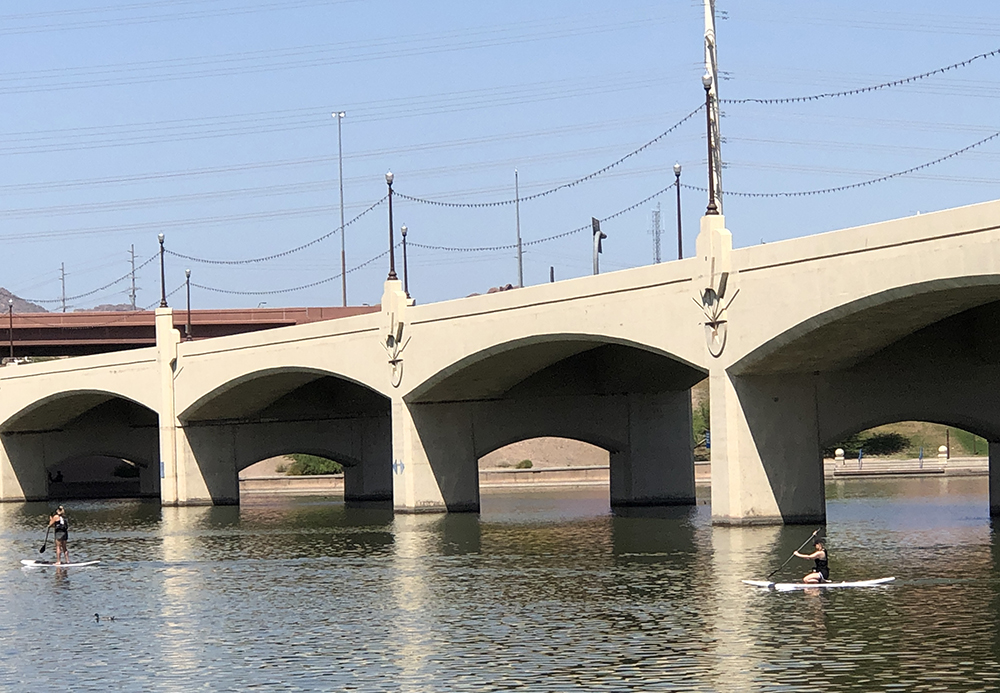A visual and recreational landmark, Tempe Town Lake is a story of transformation, placemaking and collaboration on a grand scale. Tempe Town Lake is a human-made lake in downtown Tempe, Arizona.
The vision for the lake began at Arizona State University College of Architecture. In the fall of 1966, Dean of Architecture James Elmore challenged students to brainstorm uses for the dry bed of the Salt River in Tempe. Elmore and the students would eventually create the Rio Salado Project, Tempe Town Lake’s predecessor. The Rio Salado Project plan included hopes to develop “a continuous waterway featuring lakes, islands and whitewater rapids” surrounded by “greenbelts full of attractive public parks, recreational facilities, parkways, restaurants, resorts, shopping malls, businesses, factories, housing, museums and cultural centers.”
1978 image from the Tempe History Museum of the Salt River flooding near the Mill Avenue Bridge with a car driving on the Salt River bottom.
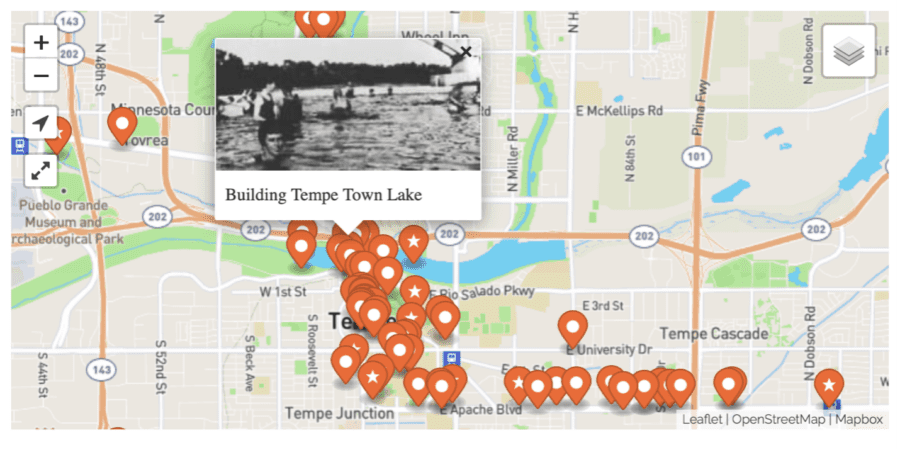
Check out this map from Salt River Stories to learn more about the history along the river.
However, a lot had to happen before that vision could become reality. At the time, the area was a dry riverbed prone to flooding, which damaged roads, bridges and more. The riverbed was also used as a landfill from the 1950s to 1970s so concerns about pollution needed to be addressed before development could begin. Finally, in a state where there are few water resources, the question of where to get the water to fill the lake was a big one.
Map of plan for Tempe Town Lake published in The Arizona Republic in 2001.
“It took the collaboration of cities, mayors, folks at the congressional level, utilities, the Corps of Engineers, and more to make the project happen,” says Lori Singleton, the CEO & President of Arizona Forward, whose mission is to bring business and civic leaders together “to improve the environmental sustainability and the economic vitality” of the region and state. After the initial vision in 1966, Valley Forward Association (now known as Arizona Forward) was formed in 1969 and Rio Salado became its major project. In 1974, they and the Maricopa Association of Governments financed a major planning study that would become the basis for the project. After a failed bond issue in 1975, a bill to create Rio Salado Development District (RSDD) was drafted and passed in the 1980 legislative session. The creation of RSDD jumpstarted the preliminary and master plans needed to realize the vision of the Rio Salado Project.
To create Tempe Town Lake, the plan was to channel the Salt River and recover over 800 acres of developable land from the floodplain. The Arizona Department of Transportation and the Flood Control District of Maricopa County provided the funds for the project, which was completed in 1996. The Salt River also was dammed and the edge of the lake was created using a hard edge treatment. This design offered a means of flood control in addition to creating developable and recreational areas. Construction of the lake began in 1997 and filled up in 1999. It opened to the public the fall of that year.
Today, the lake draws 2.4 million visitors each year and has generated nearly $2 billion in economic impact since its opening. Visitors can walk, bike, shop, kayak, paddle board and more when at the lake. Thanks to development, housing and nearby Arizona State University, around 40,000 people work within a mile of Tempe Town Lake and 4,000 call the area home.
The Elmore Pedestrian Bridge connects the north and south shores of Town Lake for pedestrians and bicyclists. The name celebrates James Elmore, who championed Tempe Town Lake from its inception. East of the Elmore Pedestrian Bridge is the state’s only light rail bridge, which lights up whenever a train crosses. Can you spot the bridge in this year’s conference artwork?
Tempe Town Lake is served by 10+ bus routes, 2 light rail stops and streetcar. “The development of our transit system happened concurrently with the development around Tempe Town Lake,” Eric Iwersen from the City of Tempe explains.
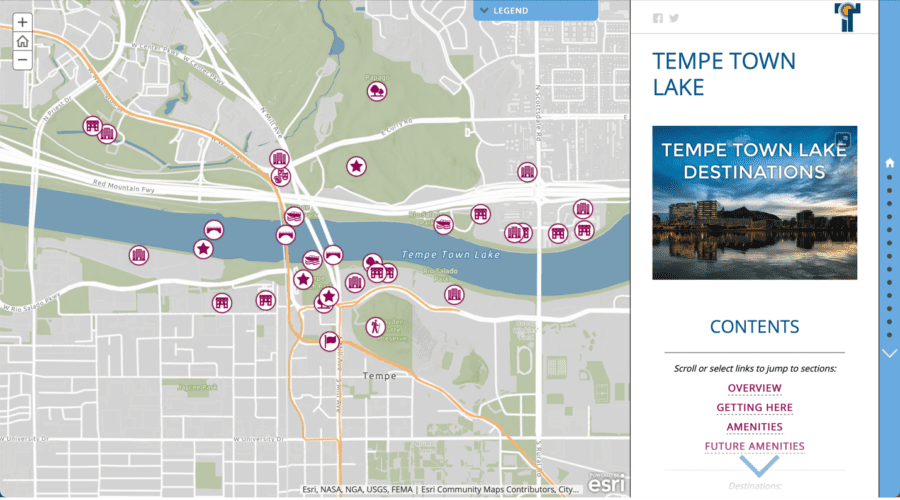
Interactive map of Tempe Town Lake amenities and destinations.
Iwersen says there are major developments still to come along the lake. Two big projects on the way are the Hayden Flour Mill redevelopment and the South Pier development. “[Tempe’s] economic development strategy is tied to good, sustainable transportation,” says Iwersen. Both projects are or will be located on transit routes.
The Hayden Flour Mill, on the southwest side of the Lake, is one of the oldest buildings in Tempe. The first mill on the site dates back to 1874 and marks “one of the first businesses in modern Tempe.” In 2021, the City of Tempe issued an RFP to revitalize the site and in 2022, they entered into negotiations for a development agreement. The proposal includes new retail, restaurants, events, arts, office and hospitality spaces, which all would be near the Third St/Mill light rail station. The developers have engaged in community outreach since being selected for the project and asked the Salt River Pima Maricopa Indian Community to partner with them. Construction is expected to begin late 2023 or early 2024.
Further west, at the perimeter of downtown Tempe, is the $1.8 billion proposed mixed-use development, South Pier. The Tempe City Council approved South Pier in February 2022. It will include housing, hotel, office, retail, a pedestrian bridge and public pier, lakeside open space and a Ferris wheel. The City of Tempe notes that “more than $12.5 million will go to Tempe Coalition for Affordable Housing, Tempe Transit Funds and the Tempe Education Fund.” It will be on the future streetcar extension, for which the cities of Tempe and Mesa are currently in the process of identifying a preferred route.
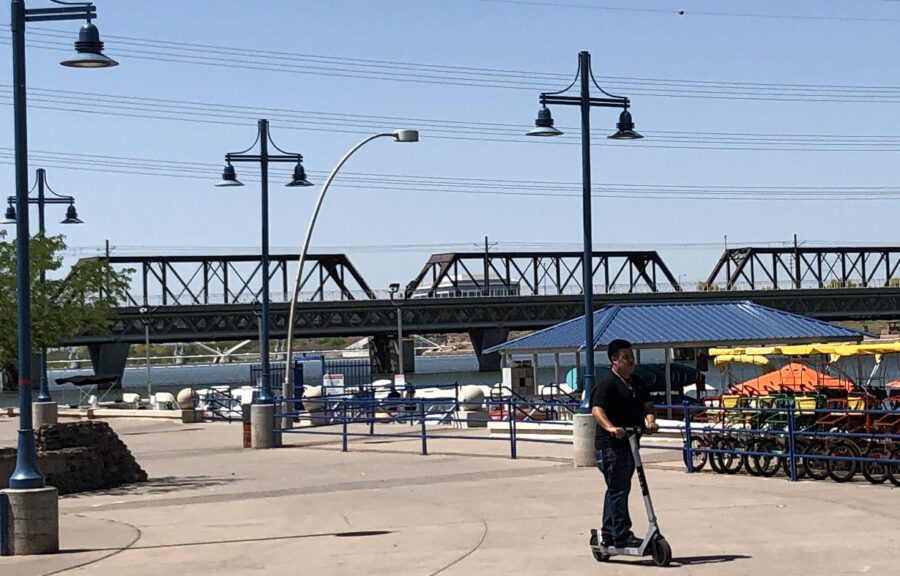
There’s lots to do at Tempe Town Lake, including scootering, biking and kayaking. Photo by Hilary Reeves.
As for the rest of the river corridor beyond Tempe Town Lake, Rio Reimagined is continuing the work that first began in 1966. The goal of the project is to connect communities, expand economic development and promote sustainability. “ASU is at the forefront and Arizona Forward is involved alongside other partners” Singleton says, “to envision what the future looks like for the river and its communities.”

